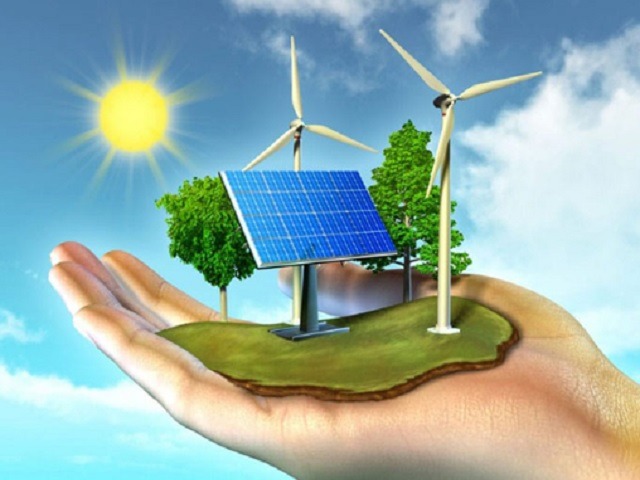ISLAMABAD: The government’s efforts to achieve the long-term target of doubling energy efficiency and fostering an energy-saving culture to attain the national energy efficiency target of 9 million tons of oil equivalent (MTOE) by 2030 was dogged by the institutional, technical, financial, and capacity-related barriers for a long period in the absence of a well-guided policy. However, the National Energy Efficiency and Conservation (NEEC) Policy 2022 may serve as a means to attain these objectives, reports WealthPK.
Malik Usman Ahmed, an energy expert at the Small and Medium Enterprises Development Authority (SMEDA), told WealthPK that Pakistan has a remarkable opportunity for energy efficiency and conservation (EE&C), which, if exploited, may help relieve the burden on power supply and minimize the import bill.
‘’Conservation of energy is less expensive than production. During production, distribution, and utilization of energy resources, conservation and efficiency standards must be maintained,’’ he said.
Usman said awareness about cost-effectiveness and efficient use of energy resources among the consumers is essential to the success of NEEC policy. In Pakistan, Tier 1 cities residents are more likely to adapt energy-efficient appliances and practices than their Tier 2 counterparts, he added.
‘’The energy conservation policies must be concise, specific, and unambiguous so that anyone may comprehend and adhere to them. In addition to households, state-owned firms and corporate sector also have a significant impact on the EE&C objectives,’’ he added.
He added, ‘’The corporate sector might install green star machinery in place of unautomated equipment. Friendly countries like China can assist Pakistan in the installation of green star machinery in the business sector. Moreover, the state-owned entities must be regulated to enforce SS&C policies. Policy mangers can learn from countries like Denmark and Norway having zero carbon emissions.’’
Pakistan’s energy planning and policy-making practically lacked EE&C. Tariff regimes are used in the energy sector to address high costs, peak demand, and circular debt. These measures are not enough to deal with the energy crisis.
According to a document available with WealthPK, the industry sector consumption alone makes 37.1 % of the total final energy consumption and is responsible for 18% of the total GHG emissions. Energy efficiency will help the industrial sector lower its production costs. Policy measures should be taken in the industrial sector, like promoting energy efficient technologies, organizing energy audits, and enforcing energy efficient codes in new buildings. However, efficiency is not limited to these steps only.
The document highlights that along with the industrial sector, the transport sector is also a major consumer of total final energy consumption because of high demand for automobiles with a 10% compound annual growth rate (CAGR), which in turn increases pressure on the energy sector. Implementation of regulations like higher taxes on single occupancy of automobiles on longer routes, a retirement age of vehicles, electric vehicles and charging infrastructure, energy audits to control emissions and engine efficiency are required to sustain energy consumption.
The energy loss is not limited to the industrial and power sectors only. Transmission and distribution in the power sector are also not efficient and bear huge losses of energy, accounting for 20%. Combined efforts are needed to reduce power loss during transmission.
The National Energy Efficiency & Conservation Authority (NEECA) has made the EE&C agenda stronger but there is a growing need to combine effective regulatory measures with the right policies, institutions, and technical, economic, and fiscal instruments for EE&C in Pakistan to have a good governance framework.
-INP





